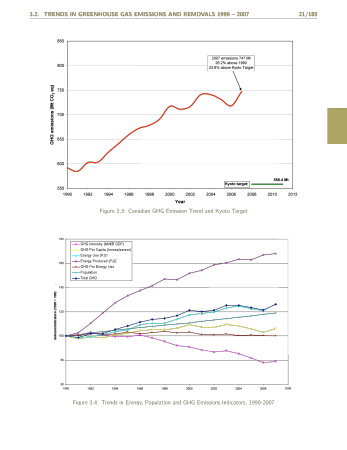My three-year iPhone contract ends in February, and I am thinking about selling the phone. I am tempted to go entirely phone-free, but there are times when having a phone is necessary to get information (like when things are available for pickup) or for coordinating meetings.
Part of my reluctance to continue with smartphones is the cost. My monthly bills were consistently over $100 until I called Fido to try to cancel and they switched me onto a $60 ‘retention’ plan, which provided more than my previous $100 plan.
Another major motivation is distraction. One part of that is the annoyingly intrusive character of all phones. They allow anybody to demand your immediate attention at any time. Mine is usually on ‘airplane mode’ or off, but that doesn’t entirely eliminate the anxiety, since there is always a nagging sense in my mind that someone might be setting down a batch of missed calls.
A bigger distraction issue comes from just having a smartphone with you. Ordinarily, that means getting periodically interrupted by texts and emails. More subtly, there is the constant temptation to take a peek at the news, have a glance at Twitter, and the like. It takes a person out of the present moment, which makes relatively unpleasant tasks like comp prep more difficult and makes relatively pleasant tasks like walking on a cool fall afternoon less immersive.
The constant tracking and NSA / CSEC paranoia is another cause for skepticism about cell phones.
Going phone-free is probably a bridge too far. I would go with that option if I had someone who could take the occasional message for me and pass it on by email, but I don’t want to burden anyone with that, at least until I get an unpaid intern or two. More plausibly, I will get a very small, very cheap pay-as-you go phone for very occasional use.
It’s hard to say whether three years with the iPhone has provided good value for money. It’s certainly a capable device – especially when traveling – and I have made extensive use of the camera, email functionality, tethering capability, Google Maps connectivity, and web access. At $100 per month for most of the span, the total cost to date has been over $3500 – as much as a 5D Mark III (before battery grip and other necessary extras), or a couple of Fuji X100S cameras (one of which would be a gratuitous 30th-birthday-gift-to-self if I had the funds).
Once my contract ends, I think I can shift to paying month-by-month. As a trial, I may try cancelling it for 2-3 months without selling the phone and testing my experience with the pay-as-you-go option. At that point, I can re-evaluate.


